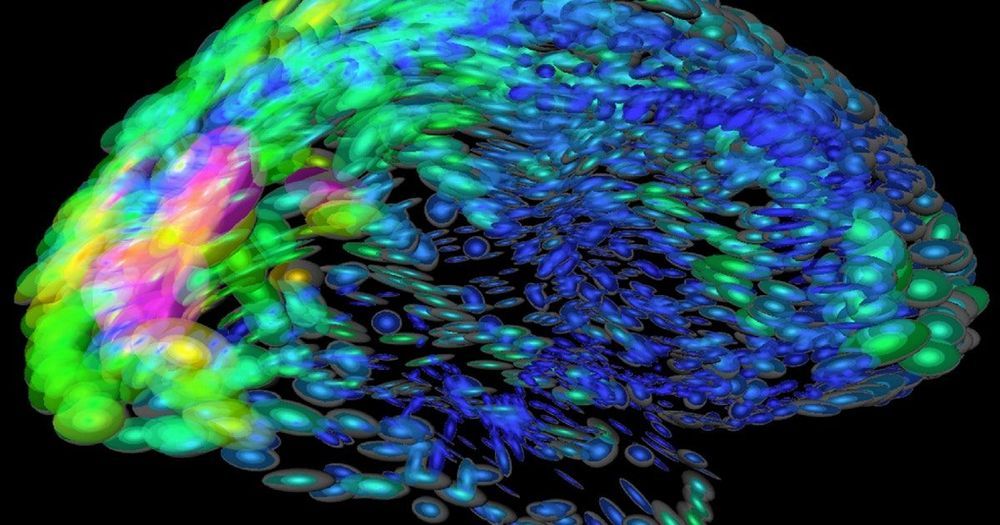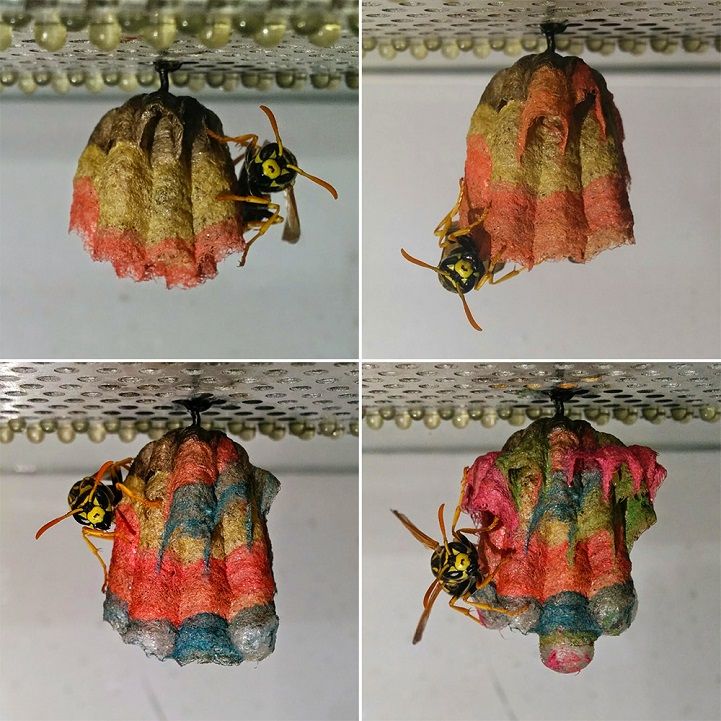Page 8620
Jun 28, 2019
Couple clones cat after it dies for hefty price
Posted by Heather Blevins in category: biotech/medical
HUNTERSVILLE, N.C. (WCNC) – A North Carolina couple couldn’t bear to break the bond they had with their furry feline friend. So after 19-year-old Cinnabun passed away, the Bullerdicks decided to clone their kitty.
The cost? A whopping price of $25,000.
The couple found a Texas-based company known for cloning dogs, cats and horses. They bought a kit and with a skin sample and saliva sample… Cinnabun the second was born.
Jun 28, 2019
Oppo MeshTalk can make calls and send texts with no carrier or Internet connection
Posted by Saúl Morales Rodriguéz in category: internet
It’s a mesh network system that sends data between devices — no cell towers, Wi-Fi hotspots or Bluetooth needed.
Jun 28, 2019
Dragonfly: NASA’s New Mission to Explore Saturn’s Moon Titan
Posted by Alberto Lao in category: space

Next stop? Saturn’s moon Titan!
Titan, an analog to the early 🌎, can provide clues to how life may have arisen on our planet. Working with the JHU Applied Physics Laboratory (APL), we’ll send our new mission #Dragonfly to take to the skies in search for the building blocks of life: https://go.nasa.gov/2Nv0Eb0
Jun 28, 2019
New solar technology could produce clean drinking water for millions in need
Posted by Genevieve Klien in category: sustainability
Jun 28, 2019
Neuroimaging Of Brain Shows Who Spoke To A Person And What Was Said
Posted by Richard Christophr Saragoza in categories: computing, information science, neuroscience
Flashback to 2 years ago…
Scientists from Maastricht University have developed a method to look into the brain of a person and read out who has spoken to him or her and what was said. With the help of neuroimaging and data mining techniques the researchers mapped the brain activity associated with the recognition of speech sounds and voices.
In their Science article “‘Who’ is Saying ‘What’? Brain-Based Decoding of Human Voice and Speech,” the four authors demonstrate that speech sounds and voices can be identified by means of a unique ‘neural fingerprint’ in the listener’s brain. In the future this new knowledge could be used to improve computer systems for automatic speech and speaker recognition.
Seven study subjects listened to three different speech sounds (the vowels /a/, /i/ and /u/), spoken by three different people, while their brain activity was mapped using neuroimaging techniques (fMRI). With the help of data mining methods the researchers developed an algorithm to translate this brain activity into unique patterns that determine the identity of a speech sound or a voice. The various acoustic characteristics of vocal cord vibrations (neural patterns) were found to determine the brain activity.
Jun 28, 2019
Is Life Extension Natural? | LifeXtenShow
Posted by Paul Battista in category: life extension

Aging is just natural, while rejuvenation therapies aren’t, but does this mean we should accept aging as it is and forget about rejuvenation? Not at all, and as Nicola explains in this video, just because something is natural, it’s not also automatically good for you.
Learn more about our conference in NYC:
https://www.leafscience.org/ending-age-related-diseases-adva…ects-2019/
Continue reading “Is Life Extension Natural? | LifeXtenShow” »
Jun 28, 2019
Latest claim of turning hydrogen into a metal may be the most solid yet
Posted by Quinn Sena in category: materials
If true, the study would complete a decades-long quest to find the elusive material. But such claims have been made prematurely many times before.
Jun 28, 2019
At 100 years old, the world’s oldest billionaire still goes to the office every day
Posted by Franco Cortese in category: life extension
At 100 years old, the world’s oldest billionaire would be forgiven for taking it easy and enjoying the riches of his eight-decade career.
But for Chang Yun Chung, founder of Pacific International Lines (PIL), staying at home isn’t an option. Despite handing over the role of executive chairman to his son, Teo Siong Seng, earlier this year, the centenarian Singaporean insists on going into the office every day.
“It’s my habit,” Chang told CNBC in a recent episode of “Managing Asia.”
Jun 28, 2019
Wasp Colony Given Colored Construction Paper Builds an Amazing Rainbow Nest
Posted by Quinn Sena in categories: biological, drones, habitats
Biology student Mattia Menchetti performed an experiment on a colony of European paper wasps which yielded some very colorful results. Paper wasps are known for their water-resistant nests constructed out of fibers of dead wood and plant stems which have been chewed into a pulp and mixed with saliva. Menchetti provided a captive colony of these wasps with colored paper and in a beautiful display of entomological artwork, the insects produced a vibrant, rainbow nest.
Menchetti began by giving the wasps bits of yellow paper, and slowly introduced more and more multicolored sheets. The colony happily made use of the material to construct a sturdy, technicolor home to house their larvae. Paper wasps are some of the most common wasp species, typically seen in backyards around North America. They tend to establish a single nest across multiple seasons and generations; for this reason, their homes must be incredibly durable. A protein found in the saliva of these wasps is actually so effective at waterproofing their nests that it has been used by scientists to construct a biodegradable drone.
Menchetti has performed a variety of scientific studies about insects, mammals, and the ecology of alien species, which he explains in further detail on his website.















